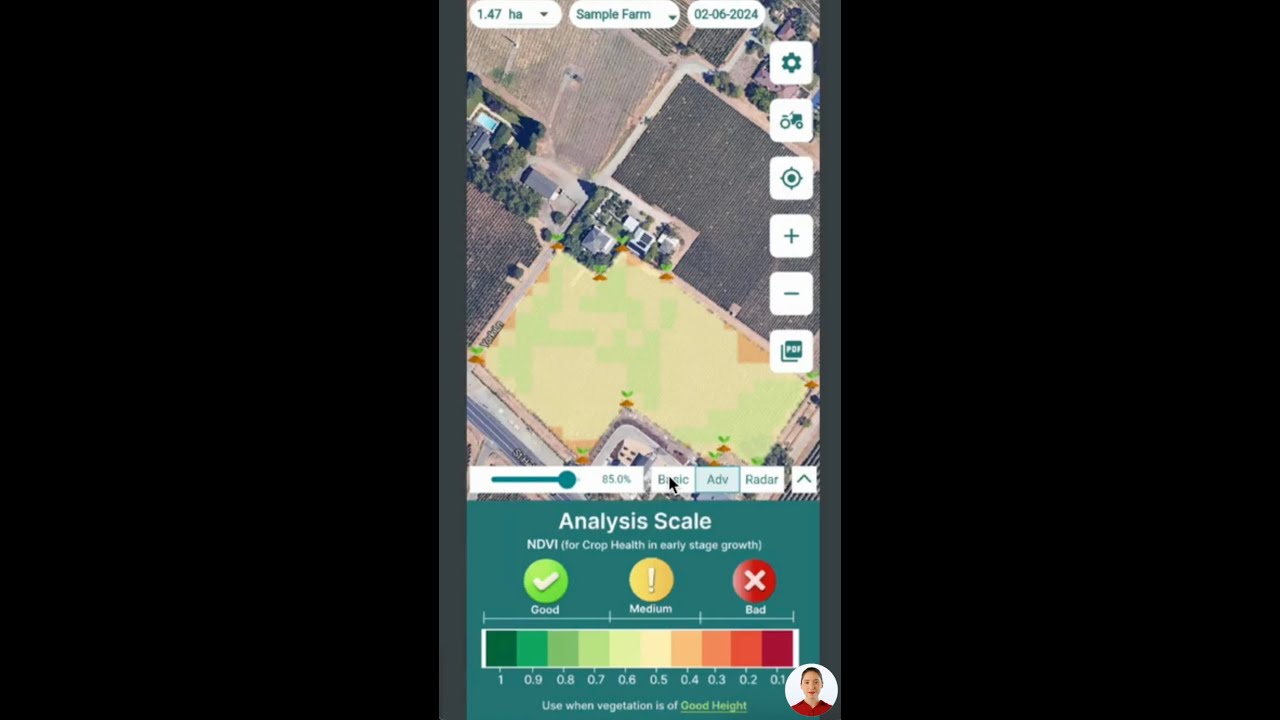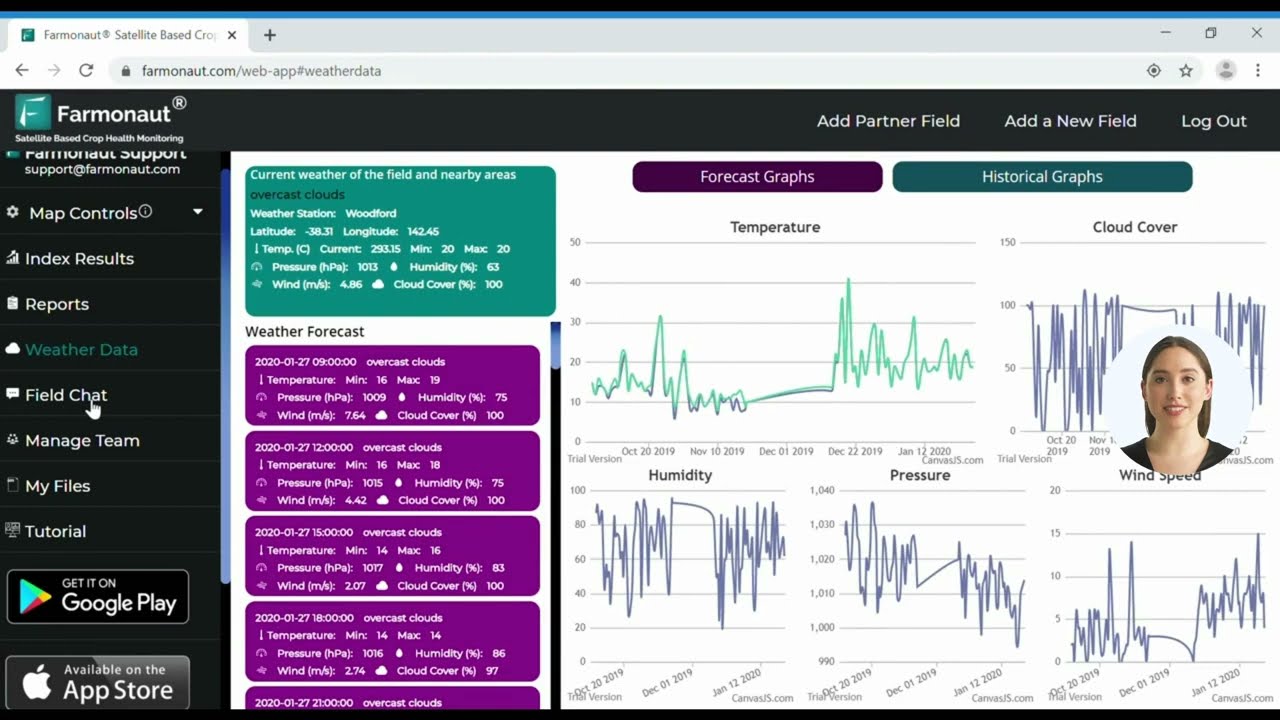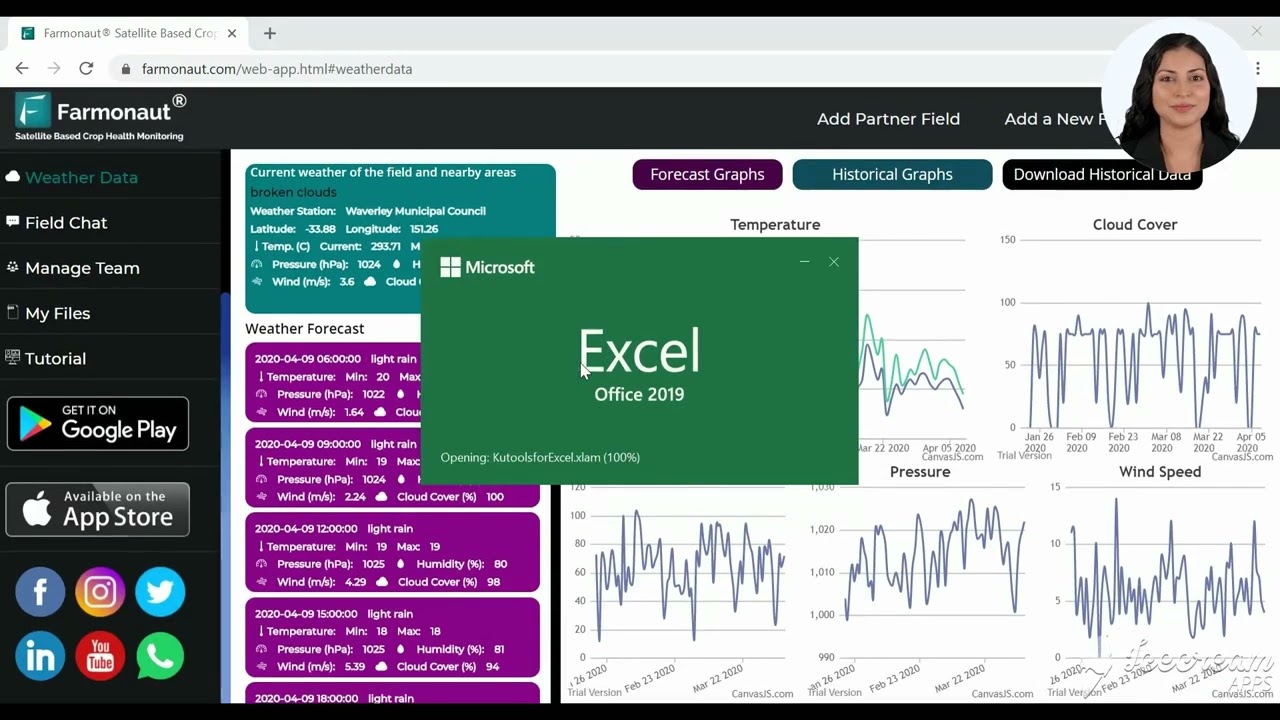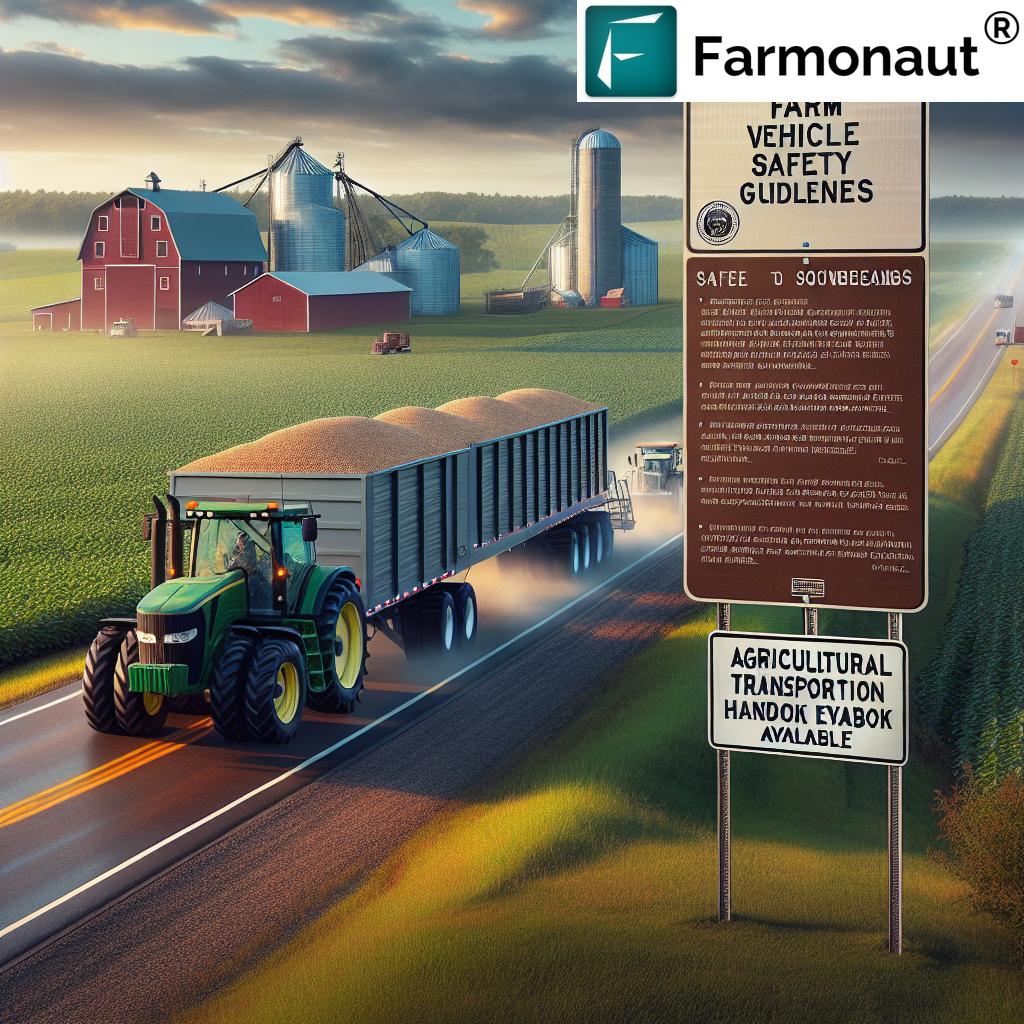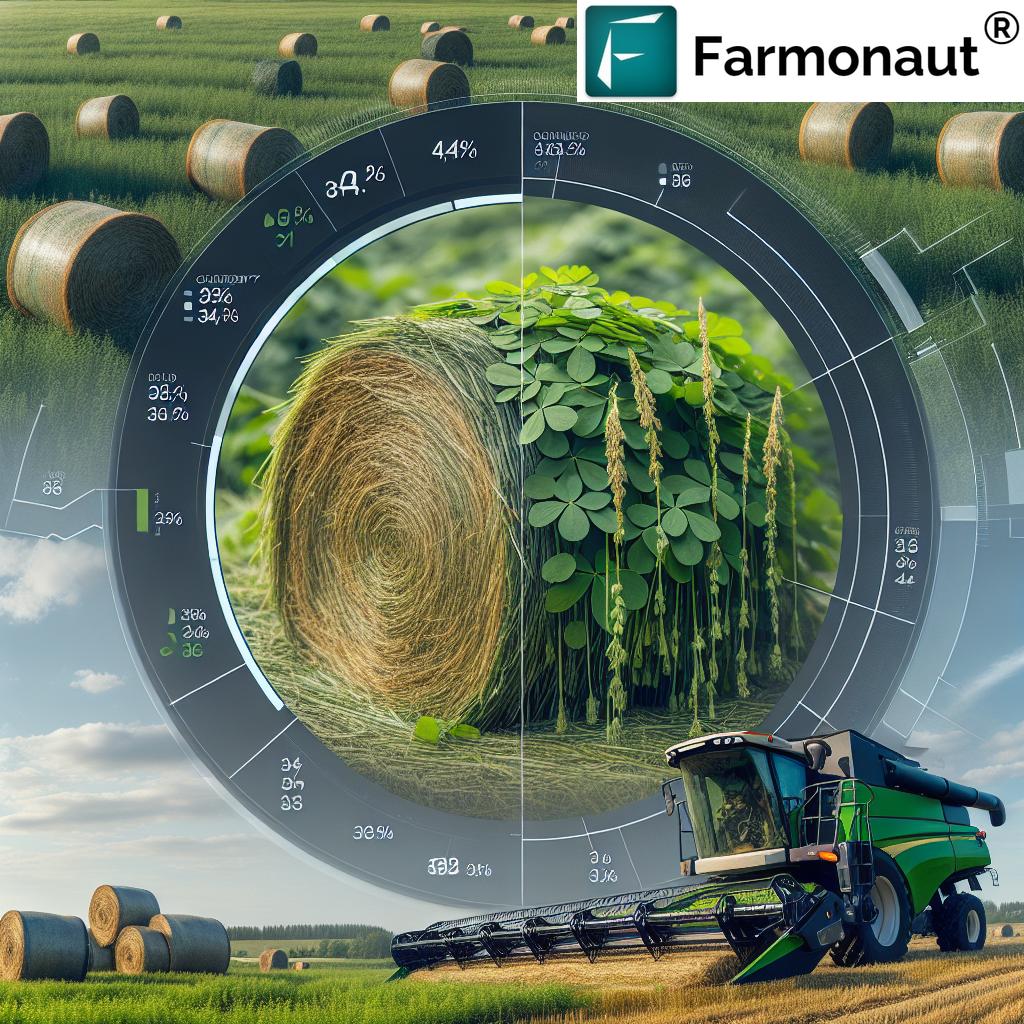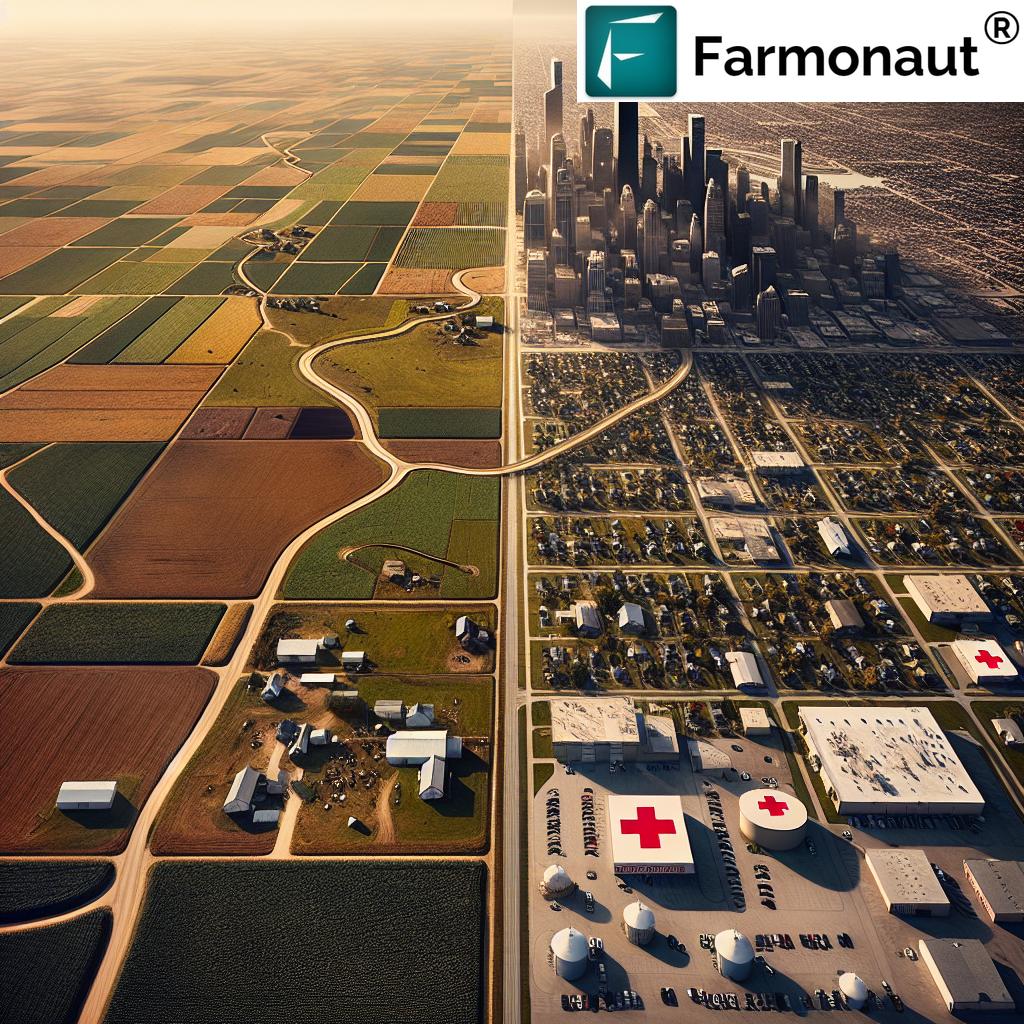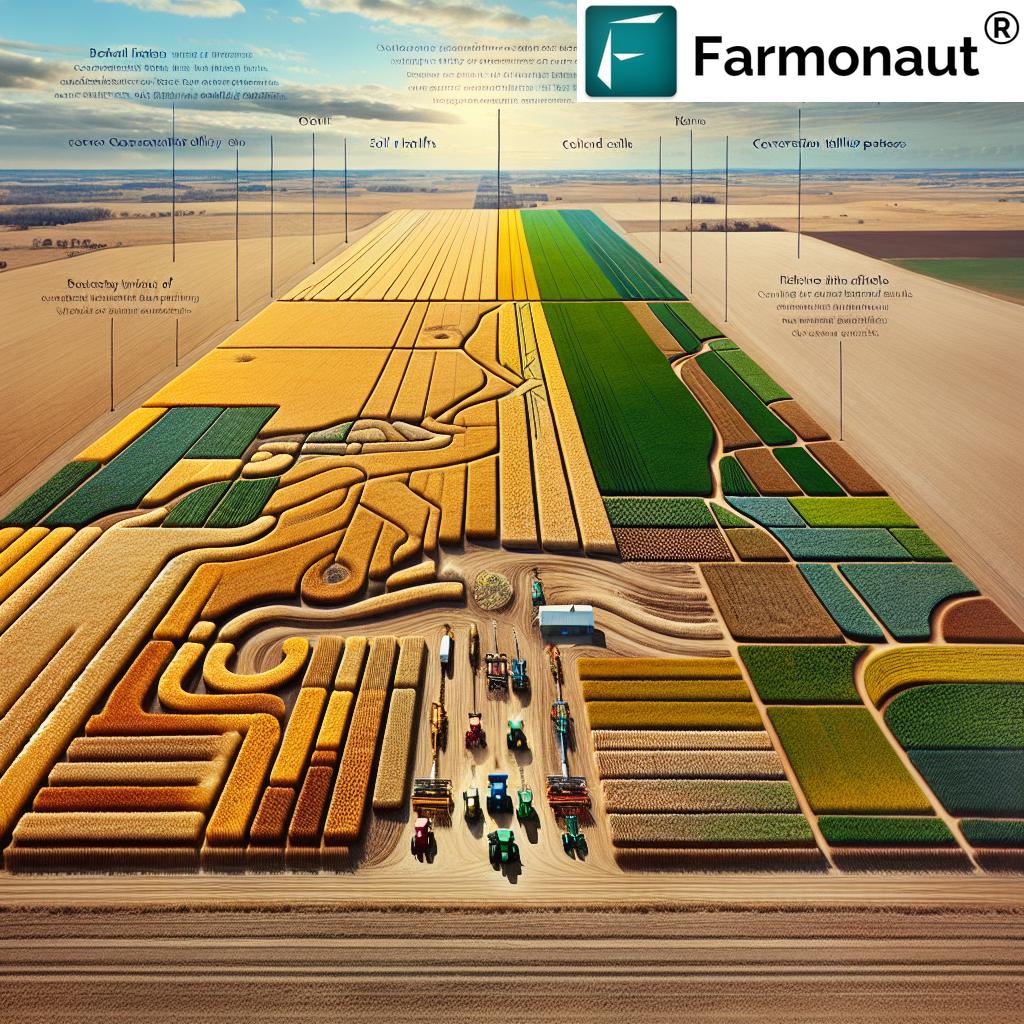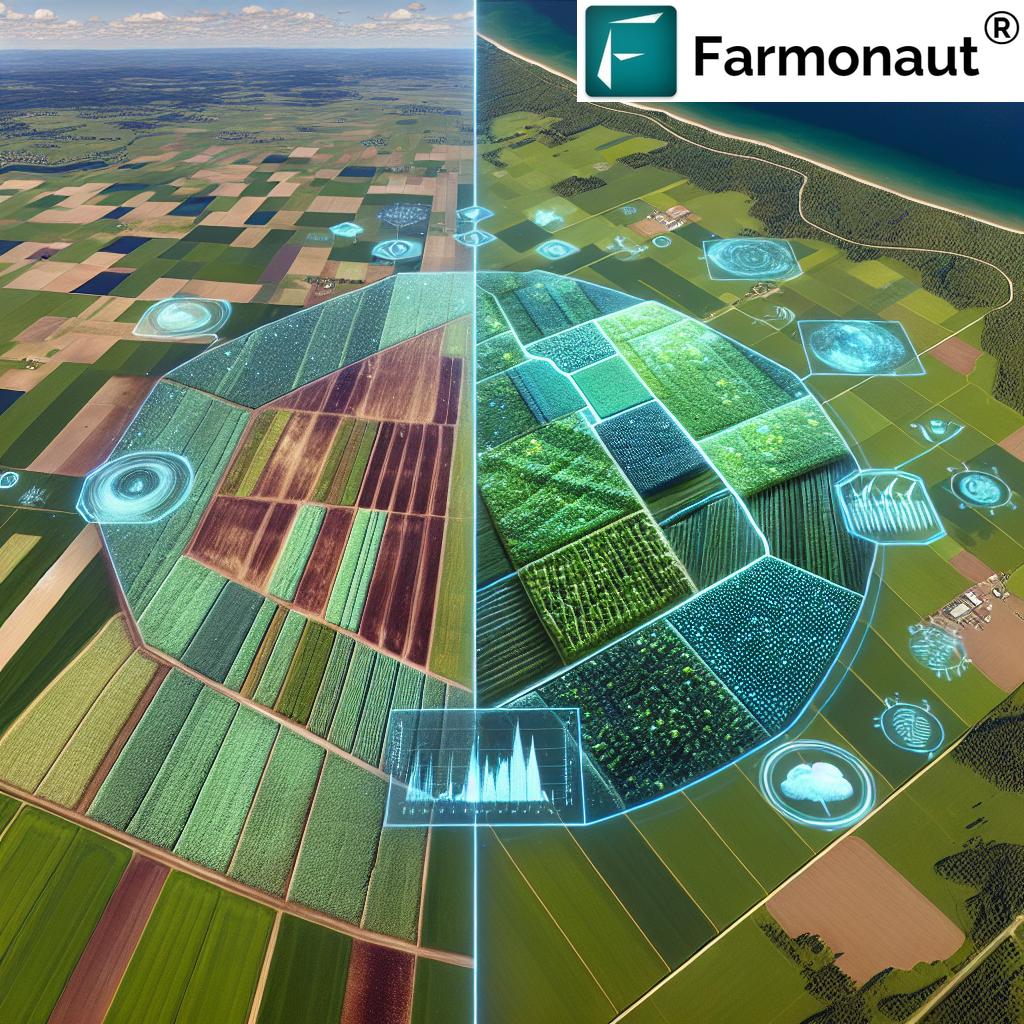El Paso’s Dust Storm Surge: Understanding Causes, Impacts, and Safety Measures in the Borderland
“El Paso has experienced a 20% increase in dust storms over the past decade due to drought and agricultural activities.”
As we delve into the heart of El Paso’s environmental challenges, we find ourselves face-to-face with an increasingly prevalent phenomenon: the surge in dust storms across the Borderland. In this comprehensive exploration, we’ll uncover the root causes, examine the far-reaching impacts, and provide essential safety measures for navigating these turbulent times. Join us as we analyze the intricate relationship between climate, agriculture, and air quality in this unique region of Texas.
Understanding the Rise of Dust Storms in El Paso
El Paso, situated at the westernmost tip of Texas, has long been familiar with occasional dust events. However, recent years have seen a marked increase in both the frequency and intensity of these storms. This surge is not merely a quirk of nature but a complex interplay of various factors, both natural and human-induced.
- Drought Conditions: Below-normal monsoon rainfall and low winter precipitation have contributed to severe drought in the region.
- Agricultural Activities: Human interventions, particularly in agriculture, have led to increased soil disturbance.
- Climate Change: Shifting weather patterns have exacerbated the conditions conducive to dust storm formation.
To better understand these factors, let’s take a closer look at the data:
| Factor | Past (5 years ago) | Present | Future Projection (5 years) |
|---|---|---|---|
| Average Annual Dust Storm Frequency | 10 | 15 | 20 |
| Average Dust Storm Duration (hours) | 3 | 5 | 7 |
| Agricultural Land Affected (acres) | 50,000 | 75,000 | 100,000 |
| Air Quality Index During Dust Events | 150 | 180 | 200 |
| Annual Rainfall (inches) | 10 | 8 | 7 |
| Drought Severity Index | 2 | 3 | 4 |
| Wind Erosion Rate (tons/acre/year) | 5 | 8 | 10 |
| Number of Dust-Related Traffic Incidents | 20 | 35 | 50 |
This table clearly illustrates the escalating nature of dust storms in El Paso and their wide-ranging impacts. As we can see, every aspect of this phenomenon is projected to intensify in the coming years, underscoring the urgency of addressing this issue.
The Role of Climate in Dust Storm Formation
Climate plays a crucial role in the formation and frequency of dust storms in El Paso. The Borderland’s unique geographical position, nestled between the Chihuahuan Desert and the Franklin Mountains, makes it particularly susceptible to these events. Let’s break down the key climatic factors:
- Monsoon Rainfall: The region typically relies on monsoon rains to replenish soil moisture. However, recent years have seen below-normal monsoon activity, leaving the soil dry and easily displaced by wind.
- Winter Precipitation: Low winter precipitation further exacerbates the drought conditions, failing to provide the necessary moisture to bind soil particles together.
- Temperature Fluctuations: Extreme temperature variations can lead to soil cracking and increased susceptibility to wind erosion.
Understanding these climate patterns is crucial for predicting and preparing for dust storms. At Farmonaut, we leverage advanced satellite technology to monitor these conditions and provide farmers with valuable insights into soil moisture levels and potential dust storm risks.
Our satellite-based crop health monitoring system provides real-time data on vegetation health (NDVI) and soil moisture levels, helping farmers make informed decisions about irrigation and soil management practices that can mitigate dust storm risks.
Agricultural Activities and Soil Disturbance
While climate sets the stage for dust storms, human activities, particularly in agriculture, can significantly amplify the problem. The National Weather Service meteorologist Dave Hefner points out that agricultural practices are playing a crucial role in disturbing the soil, leading to more frequent dust storms.
“Probably agriculture. So it’s disturbing the dirt, the soil. And we can see on satellite source regions where all these plumes start,” Hefner explained.
Here’s how agricultural activities contribute to increased dust storm frequency:
- Tillage Practices: Excessive tillage can break down soil structure, making it more susceptible to wind erosion.
- Crop Rotation: Inadequate crop rotation can deplete soil nutrients and organic matter, reducing its ability to resist erosion.
- Overgrazing: Intensive livestock grazing can remove protective vegetation cover, exposing soil to wind.
- Fallow Fields: Leaving fields bare between crop cycles increases the risk of soil being picked up by wind.
At Farmonaut, we understand the delicate balance between agricultural productivity and environmental sustainability. Our Jeevn AI Advisory System provides personalized recommendations to farmers, helping them adopt practices that minimize soil disturbance while maintaining productivity.

The Impact of Dust Storms on Texas Agriculture
Dust storms pose significant challenges to Texas agriculture, affecting both crop production and livestock management. Let’s examine the multifaceted impacts:
- Soil Erosion: Wind-driven soil particles can strip away valuable topsoil, reducing soil fertility and organic matter content.
- Crop Damage: Airborne dust can physically damage crops, abrading leaves and stems, and potentially reducing yields.
- Irrigation Systems: Dust can clog irrigation equipment, leading to inefficient water distribution and increased maintenance costs.
- Livestock Health: Dust storms can cause respiratory issues in livestock, potentially leading to decreased productivity and increased veterinary costs.
- Water Resources: Dust deposition in water bodies can affect water quality and availability for agricultural use.
To help farmers navigate these challenges, Farmonaut offers advanced tools for monitoring crop health and soil conditions. Our satellite-based monitoring system provides real-time insights into vegetation health, allowing farmers to quickly identify and address potential issues caused by dust storms.
The Connection Between Soil Erosion and Air Quality
The relationship between soil erosion and air quality is a critical aspect of the dust storm phenomenon in El Paso. As wind erodes soil, it lifts fine particles into the air, significantly impacting local air quality. This process creates a feedback loop where poor air quality can, in turn, affect soil health and agricultural productivity.
“Dust storms in the Borderland can reduce visibility to less than 1/4 mile, making driving extremely hazardous.”
Key points to consider:
- Particulate Matter: Dust storms increase the concentration of PM10 and PM2.5 particles in the air, which can have severe health implications.
- Visibility Reduction: As noted in our trivia, dust storms can drastically reduce visibility, posing significant risks to transportation and daily activities.
- Chemical Composition: Eroded soil can carry various chemicals, including pesticides and fertilizers, potentially introducing these substances into the air we breathe.
- Long-Term Environmental Impact: Persistent dust storms can alter local ecosystems, affecting plant growth and wildlife habitats.
At Farmonaut, we’re committed to helping farmers implement sustainable practices that reduce soil erosion and, consequently, improve air quality. Our API provides access to valuable satellite and weather data, enabling developers and businesses to integrate this information into their own systems for better environmental management.
Wind and Dust Forecasts: Predicting the Unpredictable
Accurate wind and dust forecasts are crucial for preparing for and mitigating the impacts of dust storms. Meteorologists use a combination of ground-based observations, satellite data, and advanced modeling techniques to predict these events. Here’s how it works:
- Wind Speed and Direction: Forecasters analyze wind patterns to determine the likelihood of dust being lifted and transported.
- Soil Moisture Content: Low soil moisture increases the risk of dust storms, so this factor is closely monitored.
- Temperature Gradients: Sudden temperature changes can create conditions favorable for dust storm formation.
- Satellite Imagery: Advanced satellite technology helps identify dust sources and track storm movement.
Farmonaut’s weather forecasting capabilities complement these efforts by providing localized, farm-level predictions. Our system integrates multiple data sources to deliver accurate, timely forecasts that help farmers prepare for potential dust events.
The Effects of Drought on the Local Environment
Drought conditions in El Paso and the surrounding Borderland region play a significant role in exacerbating dust storm frequency and intensity. The lack of moisture affects the environment in multiple ways:
- Vegetation Loss: Drought stress leads to decreased plant cover, exposing more soil to wind erosion.
- Soil Structure Degradation: Dry conditions can cause soil to lose its cohesive properties, making it more susceptible to wind transport.
- Increased Fire Risk: Drought-stressed vegetation is more prone to wildfires, which can further destabilize soil and increase dust storm potential.
- Water Resource Depletion: Reduced water availability can lead to overexploitation of groundwater, potentially causing land subsidence and increased dust generation.
Farmonaut’s satellite-based monitoring system helps farmers adapt to these challenging conditions by providing real-time data on soil moisture levels and vegetation health. This information allows for more efficient water management and early detection of drought stress in crops.
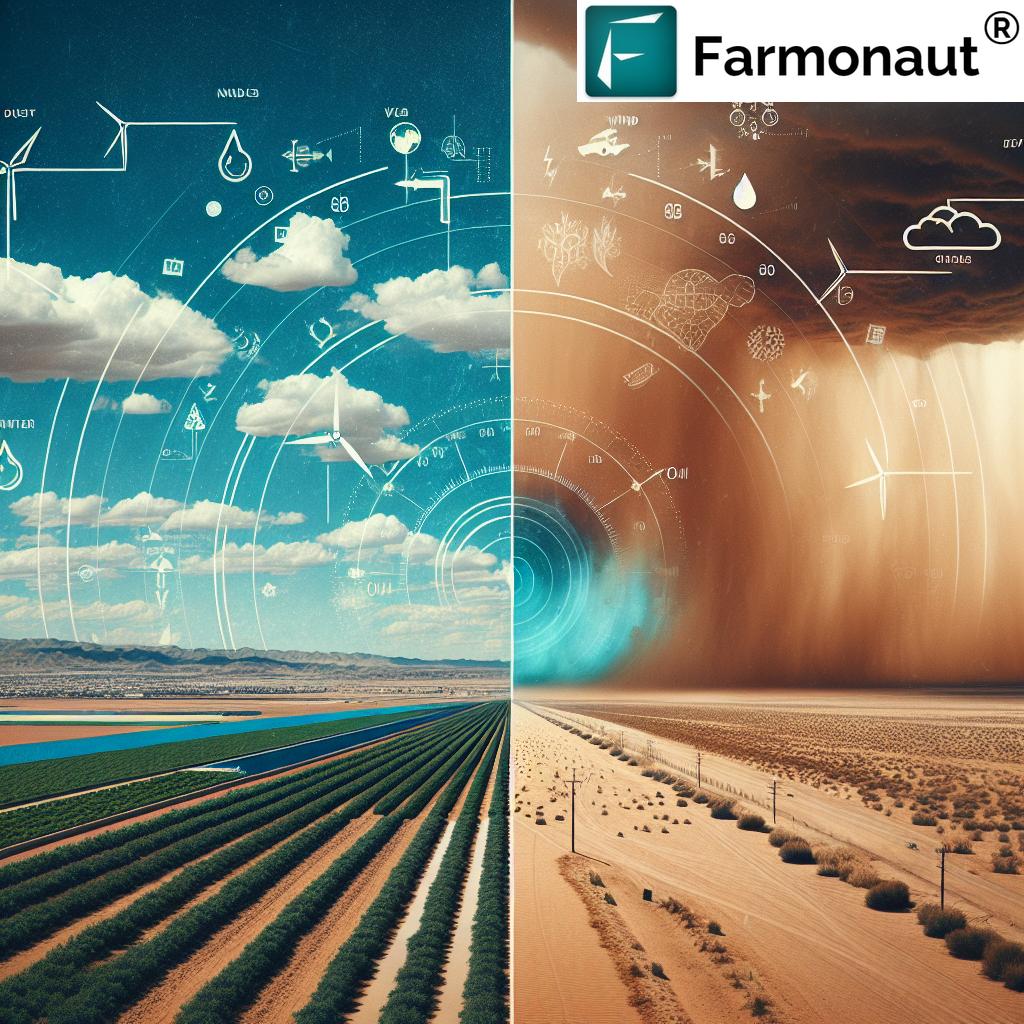
Essential Dust Storm Safety Tips for Drivers
Given the sudden and severe nature of dust storms in El Paso, it’s crucial for drivers to be prepared and know how to respond. Here are some essential safety tips:
- Stay Informed: Check weather forecasts and be aware of dust storm warnings before traveling.
- Visibility is Key: If you encounter a dust storm, slow down immediately and be prepared to stop if visibility becomes too low.
- Pull Aside: If possible, pull off the roadway as far as you can. Turn off all lights, including emergency flashers, to prevent other drivers from mistakenly following you off the road.
- Stay in the Vehicle: Keep your seatbelt on and wait for the storm to pass. Dust storms typically last only a few minutes to an hour.
- Avoid Stopping on the Travel Lanes: Never stop on the traveled portion of the roadway.
- After the Storm: When visibility improves, make sure the way is clear before pulling back onto the roadway.
At Farmonaut, we believe in the power of information to save lives. Our weather forecasting tools can help drivers plan their routes and timing to avoid potential dust storm events.
Human Activities Contributing to Airborne Dust
While natural factors play a significant role in dust storm formation, human activities in El Paso and the Borderland region have a substantial impact on increasing airborne dust. Let’s examine some of these activities:
- Urban Development: Construction activities and land clearing for urban expansion can expose large areas of soil to wind erosion.
- Off-Road Vehicle Use: Recreational off-road vehicles can disrupt soil crusts and vegetation, increasing dust potential.
- Industrial Activities: Certain industrial processes, such as mining and quarrying, can generate significant amounts of dust.
- Agricultural Practices: As mentioned earlier, certain farming techniques can increase soil susceptibility to wind erosion.
- Water Management: Improper irrigation practices or water diversion can lead to soil salinization and increased dust production.
Farmonaut’s technology can help mitigate some of these issues, particularly in agriculture. Our API Developer Docs provide detailed information on how our satellite and weather data can be integrated into various systems to promote more sustainable land use practices.
Understanding Weather Patterns and Dust Storm Formation
To truly grasp the nature of dust storms in El Paso, it’s essential to understand the weather patterns that contribute to their formation. The Borderland’s unique geography and climate create specific conditions that favor dust storm development:
- High Pressure Systems: These often bring dry, stable air and strong winds, perfect conditions for dust storms.
- Cold Fronts: The passage of cold fronts can create strong wind shifts that lift dust into the air.
- Thermal Lows: These low-pressure areas can develop over heated surfaces, creating localized wind patterns that contribute to dust mobilization.
- Mountain-Valley Wind Systems: The nearby mountains influence local wind patterns, sometimes channeling and intensifying winds that can pick up dust.
Farmonaut’s advanced weather forecasting capabilities take these complex patterns into account, providing farmers with accurate, localized predictions that can help them prepare for potential dust events.
Satellite Data and Expert Analysis: A Comprehensive Look at the Borderland
Satellite technology plays a crucial role in understanding and predicting dust storms in El Paso and the Borderland region. Here’s how satellite data and expert analysis contribute to our understanding:
- Source Identification: Satellites can pinpoint the exact locations where dust plumes originate, helping experts identify vulnerable areas.
- Storm Tracking: Real-time satellite imagery allows meteorologists to track the movement and intensity of dust storms as they develop.
- Vegetation Monitoring: Satellites can assess vegetation health over large areas, indicating regions at risk of increased dust production due to plant die-off.
- Soil Moisture Analysis: Advanced sensors can measure soil moisture content from space, providing crucial data for dust storm prediction models.
At Farmonaut, we leverage this cutting-edge satellite technology to provide farmers with valuable insights into their land and crops. Our platform integrates multiple data sources to deliver a comprehensive view of agricultural conditions, helping farmers make informed decisions that can mitigate dust storm risks.
Implications for Regional Sustainability
The increasing frequency and intensity of dust storms in El Paso have significant implications for the region’s long-term sustainability. These events impact various aspects of life and the environment:
- Agricultural Productivity: Frequent dust storms can reduce crop yields and increase production costs, threatening food security.
- Public Health: Airborne dust particles pose serious health risks, particularly for individuals with respiratory conditions.
- Economic Impact: Dust storms can disrupt transportation, damage infrastructure, and affect tourism, leading to economic losses.
- Ecosystem Health: Persistent dust events can alter local ecosystems, affecting biodiversity and natural resource availability.
- Water Resources: Dust deposition in water bodies can affect water quality and availability, a critical issue in the arid Borderland region.
Addressing these challenges requires a multi-faceted approach, combining advanced technology with sustainable land management practices. Farmonaut’s suite of tools, including our Android App and iOS App, empower farmers to make data-driven decisions that promote both productivity and environmental stewardship.
FAQs About El Paso’s Dust Storms
- Q: How often do dust storms occur in El Paso?
A: In recent years, El Paso has been experiencing an increased frequency of dust storms. While historically the region saw about 2-3 dust days in the early months of the year, recent data shows this number has increased significantly, with March alone seeing up to 8 days of blowing dust. - Q: What causes dust storms in El Paso?
A: Dust storms in El Paso are primarily caused by a combination of dry conditions, strong winds, and disturbed soil. Factors contributing to this include drought, below-normal monsoon rainfall, low winter precipitation, and agricultural activities that disturb the soil. - Q: How can farmers mitigate the impact of dust storms on their crops?
A: Farmers can implement several strategies to mitigate dust storm impacts:- Use cover crops to protect soil during fallow periods
- Implement conservation tillage practices
- Create windbreaks using trees or shrubs
- Maintain soil moisture through efficient irrigation
- Use mulching to protect soil surface
Farmonaut’s satellite-based monitoring and AI advisory systems can help farmers implement these strategies effectively.
- Q: How do dust storms affect air quality?
A: Dust storms significantly degrade air quality by increasing the concentration of particulate matter (PM10 and PM2.5) in the air. This can lead to respiratory issues, especially for sensitive groups, and can also transport pollutants and allergens over long distances. - Q: What should I do if caught in a dust storm while driving?
A: If caught in a dust storm while driving:- Pull off the road as far as possible
- Turn off all lights, including emergency flashers
- Set the emergency brake and take your foot off the brake pedal
- Stay in the vehicle with seatbelts fastened
- Wait for the storm to pass before resuming travel
Conclusion: Navigating the Dusty Future of El Paso
As we’ve explored throughout this article, the surge in dust storms across El Paso and the Borderland presents significant challenges for the region. From agricultural impacts to public health concerns, these events touch every aspect of life in this unique corner of Texas. However, with advanced technology, sustainable practices, and community preparedness, we can work towards mitigating the effects of these dust storms and building a more resilient future.
At Farmonaut, we’re committed to providing farmers and land managers with the tools they need to navigate these challenges. Our satellite-based monitoring systems, AI-driven advisory services, and comprehensive weather forecasting capabilities offer valuable insights that can help reduce soil erosion, improve crop health, and ultimately contribute to a more sustainable agricultural sector in the face of increasing dust storm frequency.
As we look to the future, it’s clear that addressing the dust storm issue in El Paso will require a collaborative effort involving farmers, policymakers, scientists, and the broader community. By combining cutting-edge technology with sustainable land management practices, we can work towards a future where dust storms, while still a part of life in the Borderland, no longer pose such a significant threat to our health, economy, and environment.
Remember, staying informed and prepared is key to navigating dust storm seasons safely. Whether you’re a farmer looking to protect your crops or a resident concerned about air quality, tools like Farmonaut can provide the insights you need to make informed decisions and take proactive measures.
Together, we can turn the challenges posed by El Paso’s dust storms into opportunities for innovation, sustainability, and community resilience. Let’s embrace the power of technology and data-driven decision-making to create a clearer, healthier future for the Borderland region.


